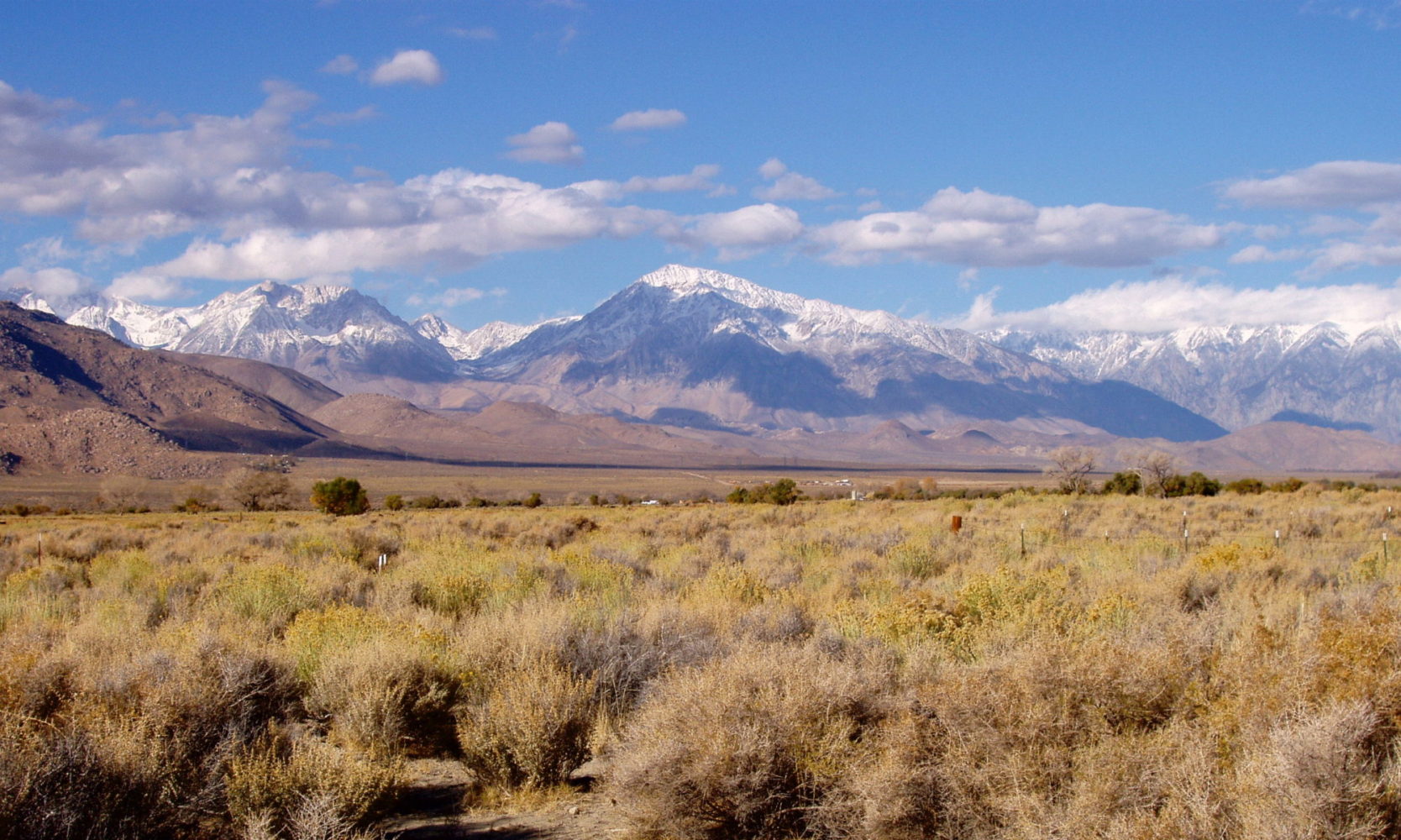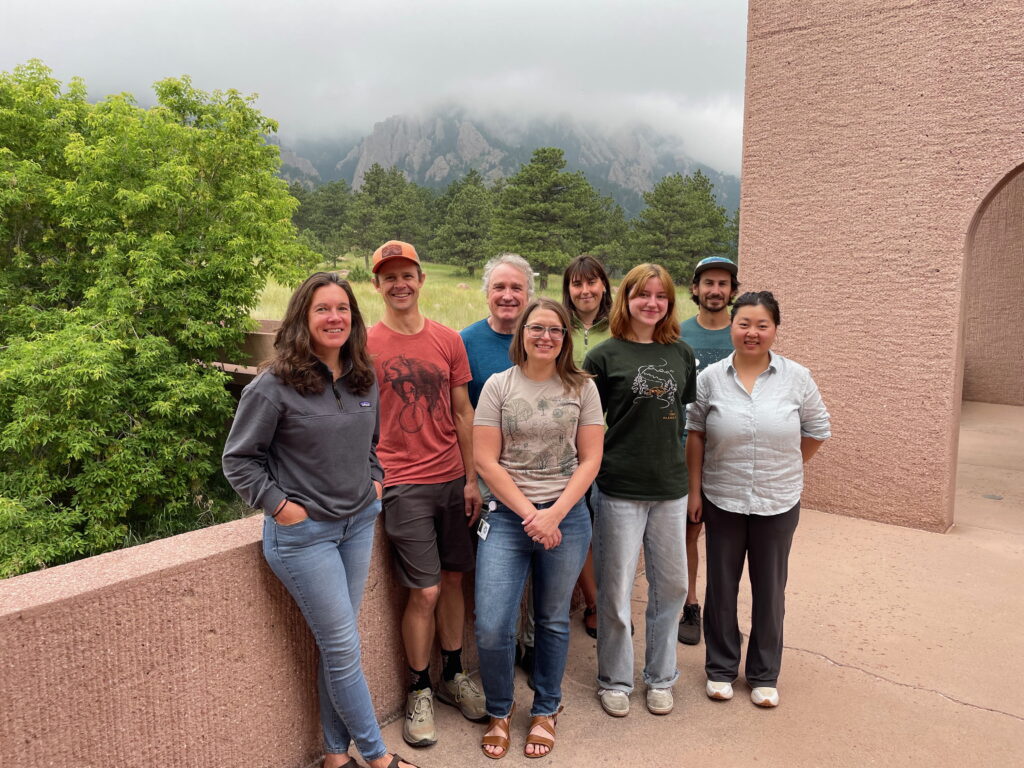
July 2025 – Snodgrass DOE project team gathered at the National Center for Atmospheric Research in Boulder, Colorado. Left to right: Mariah, Will Wieder, Bruce Hungate, Adrianna Foster, Gena Blumencwejg, Delaney Watkins, Austin Simonpietri, Yujie Liu.

June 2025 – REU Delaney Watkins measured soil CH4 fluxes at our Snodgrass Mountain sites on her first trip to the East River Valley.
April 2025 – Darby was awarded a $1700 grant from the NAU Support for Graduate Students (SGS) program to continue her PhD work on soil C cycling at the Hubbard Brook LTER.
March 2025 – Cara Fields will be joining the lab in the fall as a new PhD student and was also awarded a NAU Presidential Fellowship.
February 2025 – Darby won Best Student Presentation Award for poster in the Biological Sciences student symposium.
February 2025 – New paper by collaborator Max Berkelhammer on subalpine tree water use and changes in winter and summer precipitation in Colorado.
December 2024 – Our DOE project on Snodgrass Mountain was selected for the MONet Soil Sampling Program. With this award, we will collect soil samples this winter underneath the snowpack in conjunction with our other planned measurements.
August 2024 – New funding from NSF Solar Terrestrial and Paleoclimate programs in collaboration with Amy Hessl (WVU) and Rachael Filwett (MSU). This project aims to determine what plant carbon is allocated to tree rings, with implications for understanding paleoclimate, 14C, and solar cycles in the past.
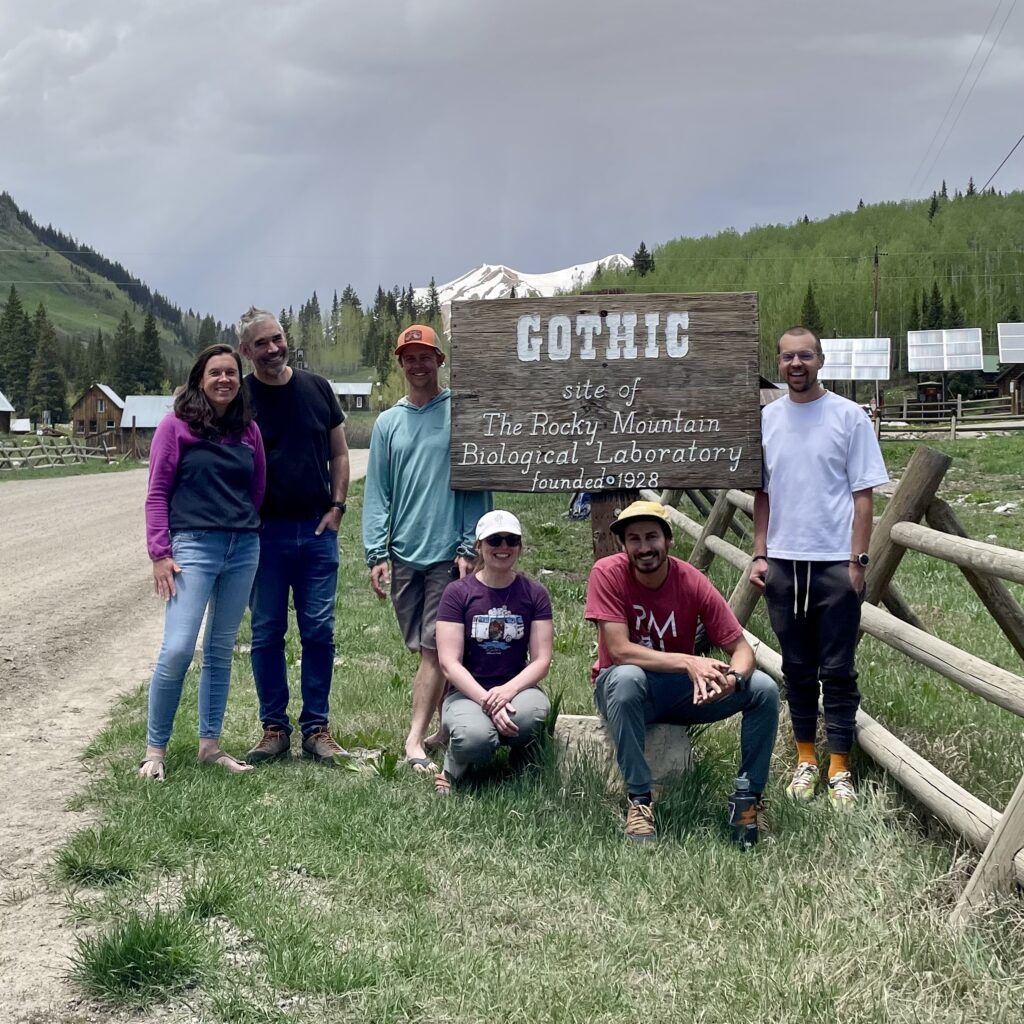
June 2024 – DOE funded Snodgrass Mountain team gathered in Gothic, CO at the Rocky Mountain Biological Laboratory for our annual meeting. Left to right: Mariah, Andrew, Will Wieder (NCAR), Adrianna Foster (NCAR), Austin, and Ben Lucas (NAU).
February 2024 – The new Southwestern Climate Resilience Center hosted visitors from the DOE in Flagstaff, including the Director of Science, Asmeret Berhe.
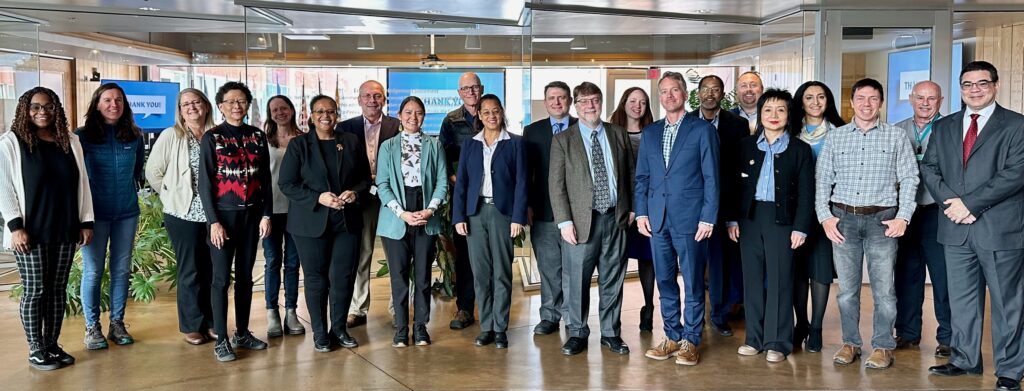
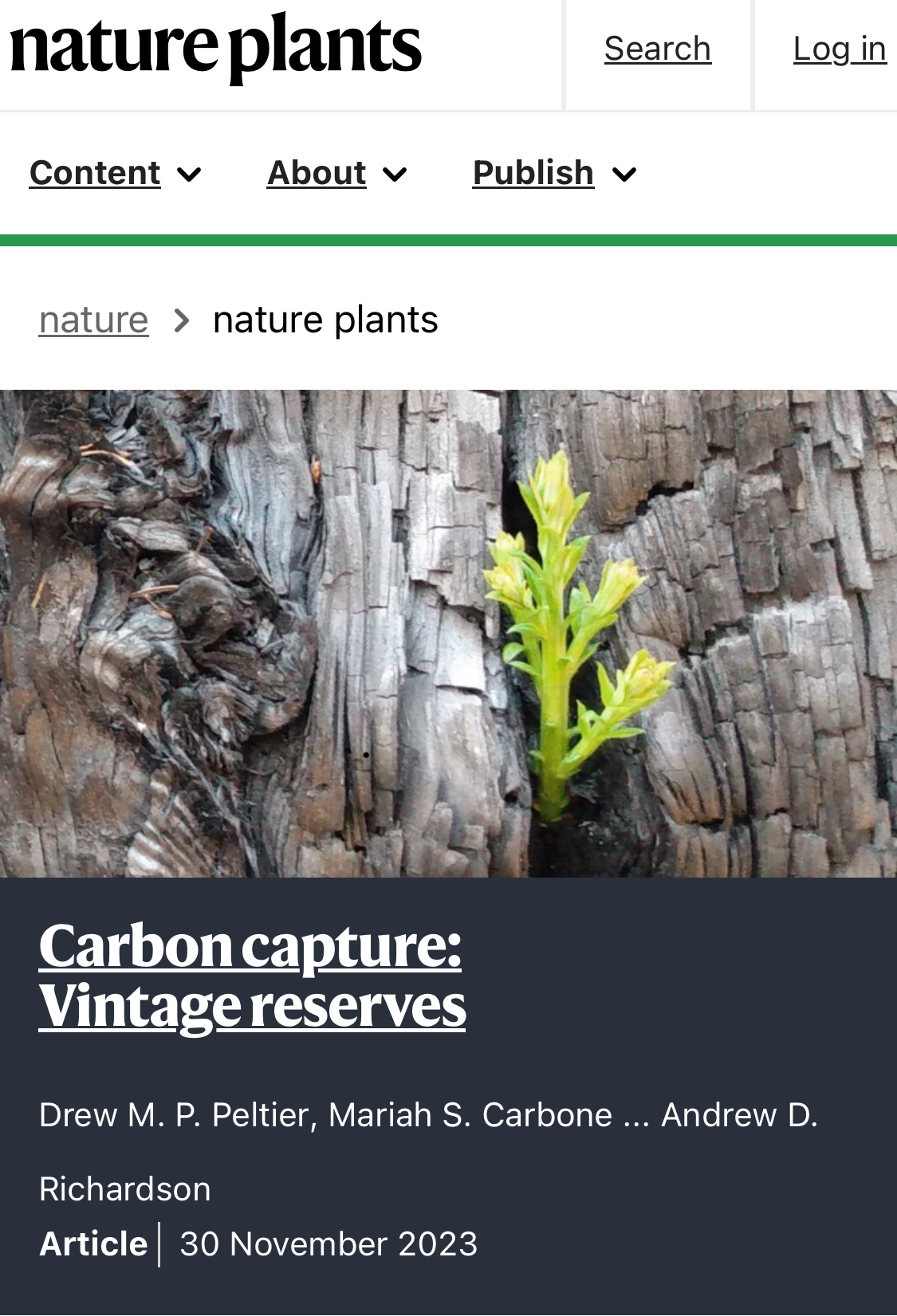
December 2023 – New paper in Nature Plants led by Drew Peltier on old stored carbon and ancient buds fueling regrowth of Coast Redwood following wildfire. Drew and Mariah were interviewed for a KNAU radio story.
November 2023 – New funding to establish the Southwestern Mountain Climate Resilience Center from the DOE. This project aims to help tribal communities better manage their forests for climate change and is in collaboration with Pete Fulé, Salli Dymond, Seafha Ramos at NAU and Lawrence Berkeley National Lab. This is part of the Biden-Harris Administration’s Justice40 Initiative.
November 2023 – New paper in Environmental Research Letters looking at interannual precipitation controls on the soil CO2 flux in montane forests.
August 2023 – New funding from DOE for continued work on Snodgrass Mountain in the East River Watershed near Crested Butte, Colorado. This project will support cold-season measurements and is in collaboration with Andrew Richardson and Ben Lucas at NAU and Adrianna Foster and Will Wieder at NCAR.
July 2023 – New paper in New Phytologist led by Drew Peltier looking at how long term drought impacts nonstructural carbon pool size and age in trees.
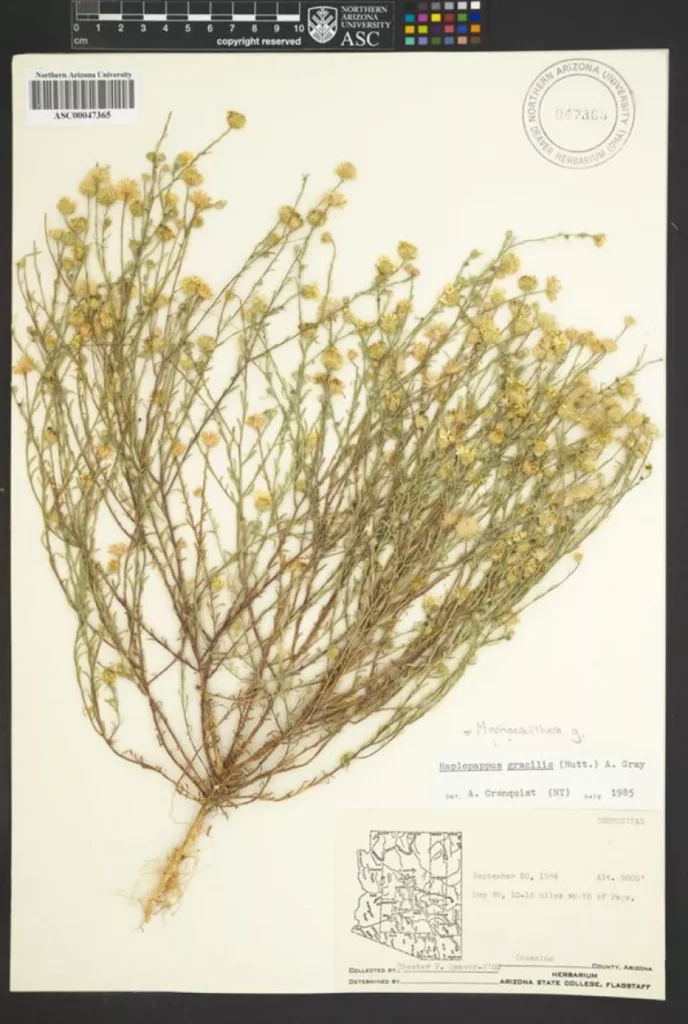
March 2023 – New paper in Radiocarbon on using annual plants and herbarium samples to make an atmospheric record of 14C. KNAU radio story on our annual plant 14C record paper below.
February 2023 new paper in Tree Physiology led by Drew Peltier applying an incubation method to measure 14C of nonstructural carbon in trees.
December 2022 – Congrats to Dr. Aaron Teets for successfully defending his thesis!
September 2022 – New paper in Frontiers in Microbiology by the astrobiology group on biocrust trace gas fluxes.
April 2022 – Aaron Teets has a new paper in JGR Biogeosciences on linking growth and photosynthesis across forests.
March 2022 – New project in collaboration with Andrew Richardson and Yiqi Luo funded by NSF researching the impacts of changes in rainfall amount and variability on dryland phenology at the Sevilleta LTER in New Mexico.
February 2022 – Darby Bergl will be joining the lab in the fall as new PhD student in the Department of Biological Sciences.
December 2021 – KNAU radio story about our Redwood project and new AMS.
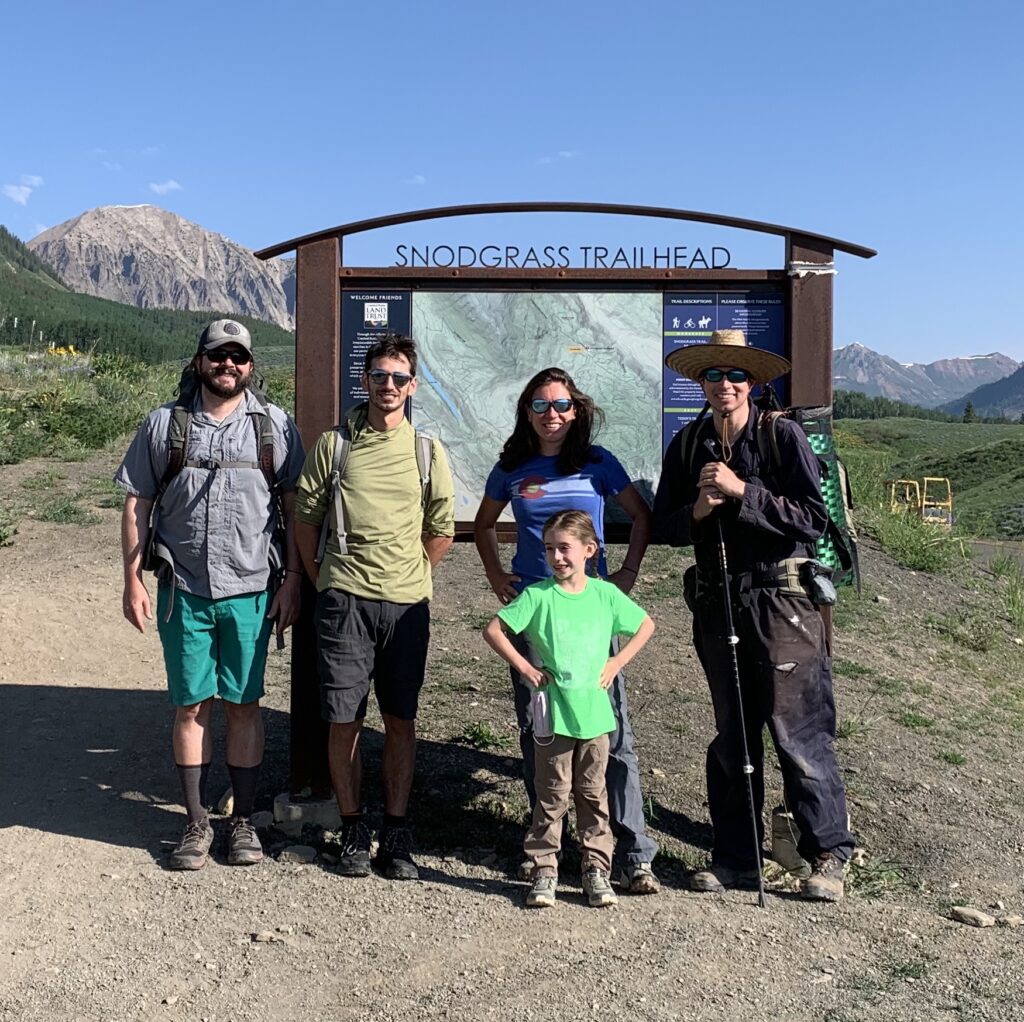
June 2021 – Lab members Jim, Aaron, Austin, Andrew and Mariah had a successful install of new DOE project equipment on Snodgrass Mountain near Crested Butte, Colorado.
March 2021 – Austin Simonpietri will be joining the lab in the fall as new PhD student in the Department of Biological Sciences.
November 2020 – New project in collaboration with Andrew Richardson and George Koch funded by NSF researching the role of nonstructural carbon reserves in resprouting and resilience in the tallest trees on Earth, the coast redwood.
October 2020 – New paper in Global Change Biology by Bond-Lamberty et al. which describes the first automated soil respiration database.
September 2020 – Open call for graduate students (PhD only) in our lab, and MS and PhD students in Ecoss more generally. See announcement here and more info on the prospective students page.
August 2020 – New project funded by DOE researching ecohydrological controls on root and microbial respiration in the East River watershed of Colorado.
July 2020 – New Virtual Special Issue in New Phytologist: Plant carbon allocation in a changing world, with co-editors Henrik Hartmann, Michael Bahn, and Andrew Richardson.
June 2020 – New paper in Tree Physiology by Furze et al. about NSC distributions and age in mature trees at Harvard Forest.
February 2020 – New paper in JGR Biogeosciences by Berkelhammer et al. that looks at conifer water-use (snow versus rain) at the Rocky Mountain Biological Laboratory in Colorado.
November 2019 – Open call for graduate students (PhD only) in our lab, and MS and PhD students in Ecoss more generally. See Ecoss webpage for announcement. If you are interested in doing a PhD, please email Mariah.
September 2019 – Drew Peltier led an outreach class on tree ring science and climate change on the North rim of the Grand Canyon with the Grand Canyon Trust. More here.
August 2019 – MRI funded by NSF that will allow the addition of automated graphitization and gas analyses peripherals to measure 14C on the new AMS at NAU (arriving in 2020).
July 2019 – New project funded by NSF to look at the age of C used by trees under large scale experimental drought at the Sevilleta LTER in New Mexico. With this grant, Drew Peltier joins the lab as a postdoc.

March 2019 – Paul Roman will be joining the lab in the fall as a PhD student in SICCS. Paul has been awarded a prestigious T3 Fellowship in Ecological and Environmental Informatics.
January 2019 – New paper in Biogeosciences by Hilman et al. about the refixation of respired CO2 in tree stems across ecosystems.
October 2018 – New paper in New Phytologist by Furze et al. about NSC seasonal patterns and budgets in mature trees at Harvard Forest.
September 2018 – Open call for graduate students (PhD only) in our lab, and MS and PhD students in Ecoss more generally. See Ecoss announcement. If you are interested, please email Mariah.
August 2018 – New Phytologist special collection: Plant allocation in a changing world. Guest-edited by Henrik Hartmann, Michael Bahn, Andrew Richardson, and Mariah Carbone. Submission instructions here.
Targeted questions: 1) what drives carbon allocation in plants and ecosystems? 2) what is the fate of newly assimilated carbon? 3) what determines the allocation of nonstructural carbon to growth, metabolism and storage? 4) how does carbon allocation affect nutrient and water relations in plant and ecosystems? and 5) how do allocation patterns change under changing environmental conditions and what are the consequences for biogeochemical cycles?
